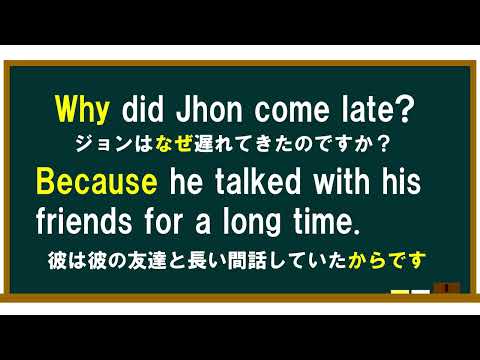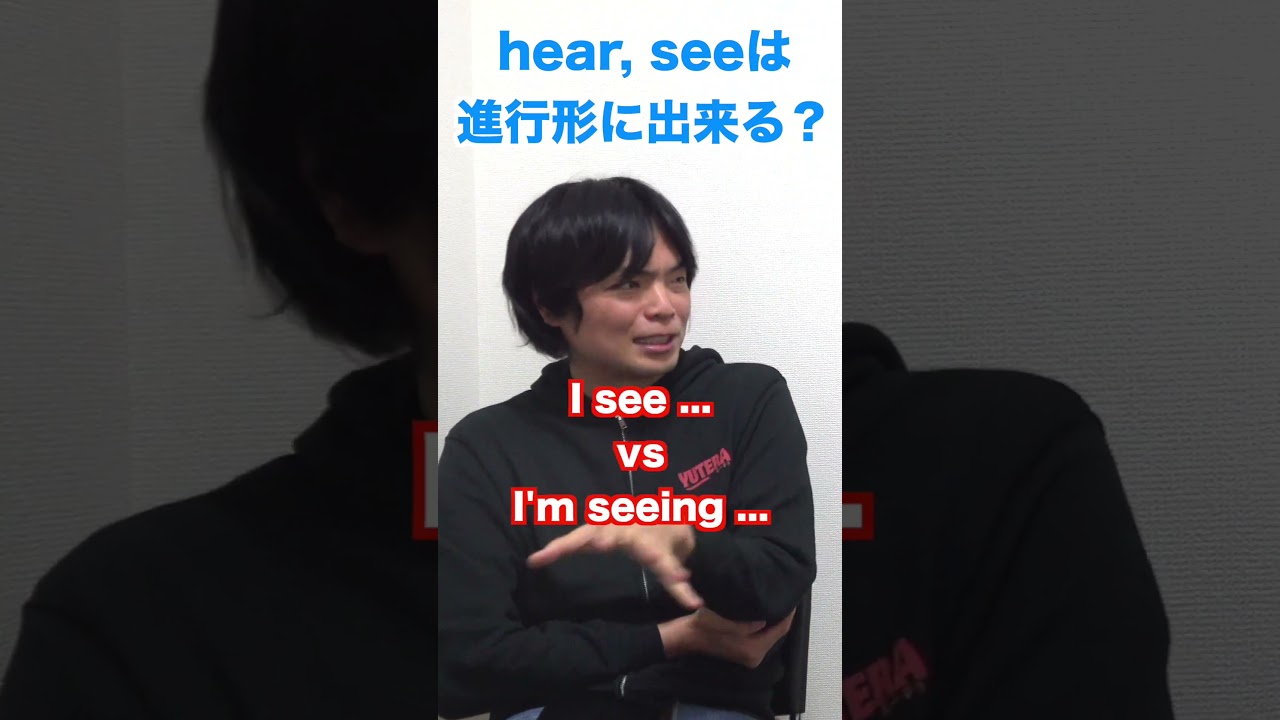問題文全文(内容文):
whereの意味は①____で文の②____で使おう!
〔場所を表す単語〕
③____・・・~の上に、④____・・・~の中に
⑤____・・・~のそばに、⑤____・・・~の下に
⑦____・・・~の近くに
⑧____ ____ ____ book?
私の本はどこですか?
→⑨(返事)____ ____ ____ table.
テーブルの上にあります。
⑩____ ____ ____ ____?
俺のかぎどこ?
→⑪(返事)____ ____ ____ ____ .
イスの下にあるわよ。
⑫____ ____ ____ ____ .
彼女たちはとても美しいです。
⑬____ ____ ____ ____ park.
彼たちはこの公園に行く。
⑭____ ____ ____
そこに行きましょう。
whereの意味は①____で文の②____で使おう!
〔場所を表す単語〕
③____・・・~の上に、④____・・・~の中に
⑤____・・・~のそばに、⑤____・・・~の下に
⑦____・・・~の近くに
⑧____ ____ ____ book?
私の本はどこですか?
→⑨(返事)____ ____ ____ table.
テーブルの上にあります。
⑩____ ____ ____ ____?
俺のかぎどこ?
→⑪(返事)____ ____ ____ ____ .
イスの下にあるわよ。
⑫____ ____ ____ ____ .
彼女たちはとても美しいです。
⑬____ ____ ____ ____ park.
彼たちはこの公園に行く。
⑭____ ____ ____
そこに行きましょう。
単元:
#英語(中学生)#中1英語#Where、Which、Howで始まる疑問文
指導講師:
ぺんぎん高校化学問題集
問題文全文(内容文):
whereの意味は①____で文の②____で使おう!
〔場所を表す単語〕
③____・・・~の上に、④____・・・~の中に
⑤____・・・~のそばに、⑤____・・・~の下に
⑦____・・・~の近くに
⑧____ ____ ____ book?
私の本はどこですか?
→⑨(返事)____ ____ ____ table.
テーブルの上にあります。
⑩____ ____ ____ ____?
俺のかぎどこ?
→⑪(返事)____ ____ ____ ____ .
イスの下にあるわよ。
⑫____ ____ ____ ____ .
彼女たちはとても美しいです。
⑬____ ____ ____ ____ park.
彼たちはこの公園に行く。
⑭____ ____ ____
そこに行きましょう。
whereの意味は①____で文の②____で使おう!
〔場所を表す単語〕
③____・・・~の上に、④____・・・~の中に
⑤____・・・~のそばに、⑤____・・・~の下に
⑦____・・・~の近くに
⑧____ ____ ____ book?
私の本はどこですか?
→⑨(返事)____ ____ ____ table.
テーブルの上にあります。
⑩____ ____ ____ ____?
俺のかぎどこ?
→⑪(返事)____ ____ ____ ____ .
イスの下にあるわよ。
⑫____ ____ ____ ____ .
彼女たちはとても美しいです。
⑬____ ____ ____ ____ park.
彼たちはこの公園に行く。
⑭____ ____ ____
そこに行きましょう。
投稿日:2013.07.19






